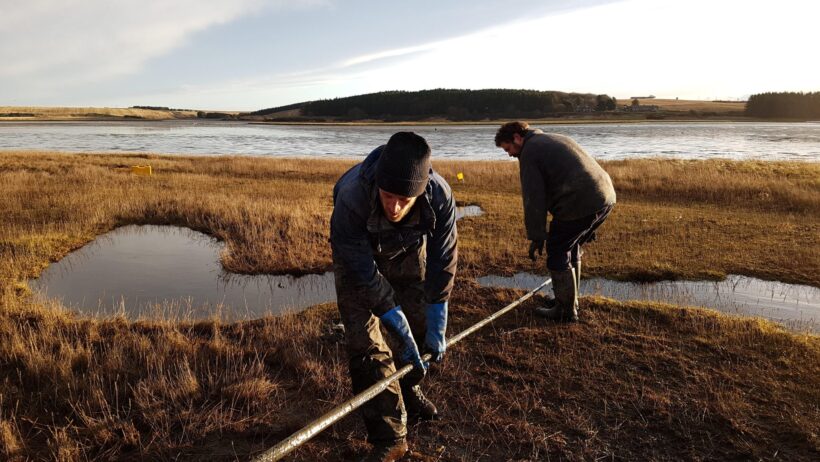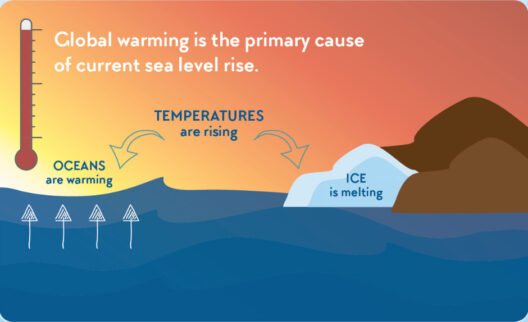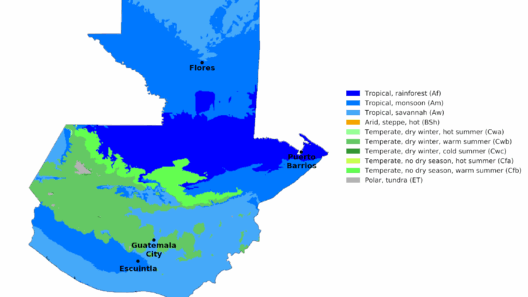The exploration of ancient climates is a profound undertaking that transcends mere curiosity; it holds the keys to understanding our present and future climate dynamics. One of the most compelling means of unlocking these secrets lies beneath the icy surfaces of the polar regions: ice cores. These cylindrical sections of ice, drilled from ice sheets and glaciers, contain an intricate archive of climatic information dating back hundreds of thousands of years. Through meticulous analysis, scientists can decipher past atmospheric compositions, temperature variations, and even episodic shifts in climate, offering insights that are crucial for contextualizing current climate change phenomena.
Ice cores act as time capsules, capturing the atmospheric conditions in the layers of ice formed over millennia. Each layer of ice represents one year, encapsulating air bubbles that offer a snapshot of the planet’s atmosphere at that time. This remarkable property allows researchers to glean insight into not only temperature but also greenhouse gas concentrations. For instance, the analysis of carbon dioxide levels trapped within these bubbles reveals critical milestones in Earth’s climatic history, including periods of glacial advance and retreat. The striking correlation between greenhouse gas concentrations and temperature fluctuations underscores the imperative for understanding these patterns in light of contemporary global warming.
One particularly salient observation arising from the study of ice cores is the cyclical nature of Earth’s climate. Throughout history, the planet has oscillated between glacial and interglacial periods, driven largely by natural phenomena. Milankovitch cycles, which describe how variations in Earth’s orbit affect solar radiation distribution, play a significant role in these transitions. Ice core data corroborate these theories, reinforcing the notion that our climate has always evolved in response to a complex interplay of astronomical, geological, and biogeochemical factors.
The fascination with ice cores, however, extends beyond understanding past climate oscillations. A deeper inquiry reveals the impact of human activity on natural systems, particularly in the context of the last century. Ice core studies have elucidated the remarkable rise in anthropogenic emissions since the Industrial Revolution, evidenced by the unprecedented concentrations of greenhouse gases trapped within the latest layers of ice. The contrast between pre-industrial and modern-day levels of carbon dioxide is stark, evoking a sense of urgency regarding the implications of our actions on the fragile equilibrium of Earth’s climate.
Moreover, ice cores are invaluable in reconstructing regional climate narratives. Different geographical locations exhibit distinct climatic responses due to variations in topography, ocean currents, and atmospheric circulation patterns. By comparing ice core records from various sites across the globe, scientists can piece together a comprehensive picture of past climatic conditions. This regional focus is particularly crucial for understanding the impacts of climate change on ecosystems and human civilizations throughout history. For instance, evidence gleaned from ice cores has revealed the implications of the Little Ice Age on agricultural practices and settlement patterns in Europe, while similarly deciphering trends in the monsoon intensity and variability in Asia.
One intriguing aspect of ice core research is the ability to illuminate abrupt climate changes. Analysis of the Greenland ice cores, for example, has unveiled rapid temperature shifts known as Dansgaard-Oeschger events, characterized by astonishing climate oscillations that occurred over decades rather than centuries. These findings compel us to confront the possibilities of sudden climate shifts in our current epoch, challenging the conventional linear models of climate change. The recognition of such abrupt shifts is a clarion call, warning of the unpredictability inherent in complex climatic systems, and emphasizing the need for adaptive and mitigative strategies in policy-making.
Although the primary focus of ice core analysis revolves around temperature and gas composition, they also house a wealth of additional data, including isotopic compositions, volcanic ash, and even biological remnants. These elements contribute to a multifaceted understanding of past environments. For instance, the presence of certain isotopic ratios can indicate changes in precipitation patterns, while volcanic ash layers provide a record of historical eruptions and their atmospheric effects. This amalgamation of information fosters a rich tapestry from which to draw conclusions about Earth’s climatic narrative.
However, while ice core research holds immense potential for climate understanding, it is not without challenges. The intricate process of core extraction, preservation, and analysis requires advanced technologies and significant investment. Moreover, interpreting the data necessitates cross-disciplinary collaboration among climatologists, geochemists, and paleoecologists to construct a coherent understanding of past climates. The pursuit of these endeavors underscores the necessity for sustained funding and global collaboration in climate science, particularly in light of the pressing challenges posed by ongoing climate change.
Ultimately, the secrets contained within ice cores serve as both a warning and a guide. As we unravel the complexities of ancient climates, it becomes increasingly clear that our current trajectory carries profound implications for future generations. The stories told by these ice cores are not mere historical curiosities; they are dire messages about the interconnectedness of Earth’s systems and the necessity of a collective commitment to environmental stewardship. As we push the boundaries of our understanding, let us heed the lessons of the past, for the future of our planet hangs in the balance.








